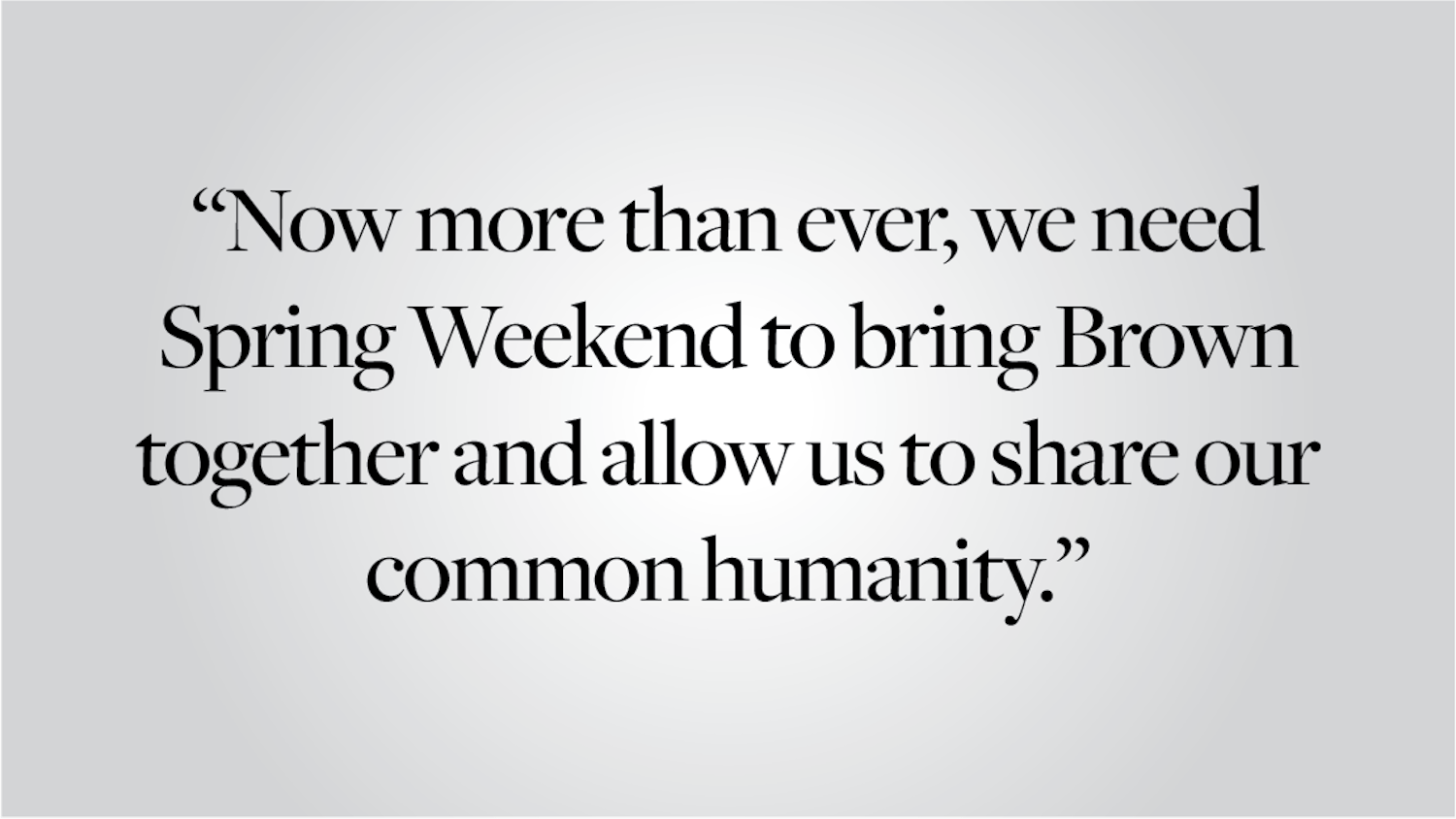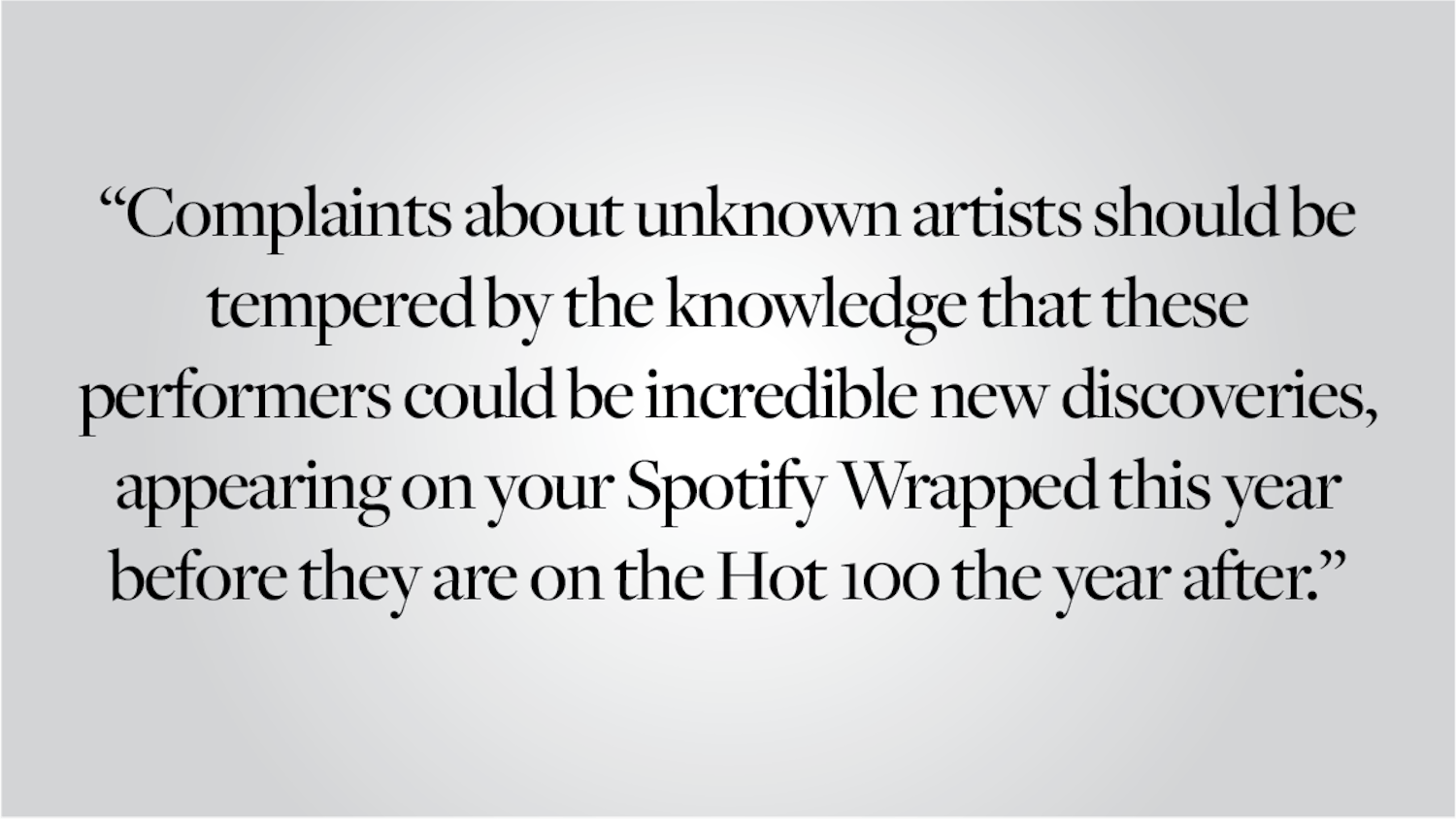In late August, I rode the train — the light rail — through Minneapolis. Collapsed buildings, piles of rubble and boarded-up stores blurred past my window. Minneapolis, which I had known for a decade, was a city that I had never seen before: It was ravaged.
Growing up eight miles from Minneapolis, I always had a picturesque perspective of my hometown. George Floyd’s death, however, radically changed my view of the city. As I continue to grapple with this, I have realized how easy it is to become blind to the faults of our hometowns — and how crucial it is to recognize their realities.
Throughout my childhood, I had understood the phrase “Minnesota Nice” as both a playful joke and a source of pride. My neighbors, classmates, friends and teachers fit the “Minnesota Nice” profile: family-friendly, hardworking and mild-mannered (and sometimes, a bit passive-aggressive). Many were also unwaveringly progressive.
For most of my life, I saw only one side of Minneapolis — a diverse and inclusive metropolis. In 1975, the city began welcoming Hmong refugees. Today, it houses the largest urban Hmong population in the world. Minneapolis’s reputation as a welcoming community has also spread among other immigrant groups, and the city has become a home for many Somali refugees who came seeking a more stable life.
Besides its many cultural communities, the Minneapolis-St. Paul metropolitan area is home to an impressive 16 Fortune 500 companies and is consistently acknowledged as one of the best places to live in the United States.
This is the city that I thought I knew. This is the city that I liked to boast about to my out-of-state friends.
Days before my high school graduation, however, Minneapolis was thrown into chaos. I was horrified to see how George Floyd was killed, and I was angered to see some people twisting peaceful protests for social justice into an excuse to loot, destroy and burn the city. I found myself asking: Was this the Minneapolis that I knew? Was this how Minneapolis treated minorities? And was this how people protested?
And I wondered how I, who had grown up in the glow of the Minneapolis skyline, had neglected to see the problems of my own hometown.
For far too long, my image of the city had been filtered through nostalgic childhood remembrances. Minneapolis meant exciting Saturday evenings at the orchestra and lazy Sunday afternoons at the gardens. Minneapolis meant special outings with family and friends. Minneapolis meant a warm cup of tea on a cold, snowy day.
Questioning my view of Minneapolis meant questioning the cherished, long-lasting connection I had to my hometown. It felt as if doing so would undermine the overwhelming fondness and pride I felt for my city.
Deep down, I always knew that Minneapolis wrestled with its own issues of injustice. Yet, I convinced myself that Minneapolis was alright. I focused my attention on national and international issues and failed to see the ones right in front of me.
In this failure, I was not alone. I suspect that for many, examining national history felt easier than discussing present-day local issues. In my high school classes, for example, we spent weeks on the Civil War but rarely — if ever — did we study Minneapolis’s racial disparities. Perhaps we shied away from local issues because of their political divisiveness. Perhaps we preferred to focus on how far we’ve come, rather than how much farther we need to go.
George Floyd’s death shattered my one-sided, romanticized perception of Minneapolis. Since then, I’ve learned that my hometown is among the worst cities for Black Americans in the United States. Homeownership in Minneapolis has one of the widest racial gaps in the country, and racially-restrictive housing covenants and redlining continue to divide the city’s landscape. To Black Americans, Minneapolis is a completely different city.
I continue to live in a place that is forever changed in my eyes. Now, several weeks into my remote semester, I find myself working in a Minneapolis courthouse. In the courtroom, I see the striking racial disparities of the city reflected in the faces of defendants from different Minneapolis suburbs. As the city continues to wrestle with injustice, I realize that I now see Minneapolis for its true colors.
My idyllic perspective of Minneapolis was only one side of the city’s story. Wherever home may be for each of us, we must confront our cities’ local problems head on. It is easy to become blind to the faults of our hometowns. But we must face them despite whatever feelings we may have: Only in this way can we achieve progress.
Jaehyun Hong '24 can be reached at jaehyun_hong@brown.edu. Please send responses to this opinion to letters@browndailyherald.com and op-eds to opinions@browndailyherald.com.

ADVERTISEMENT




